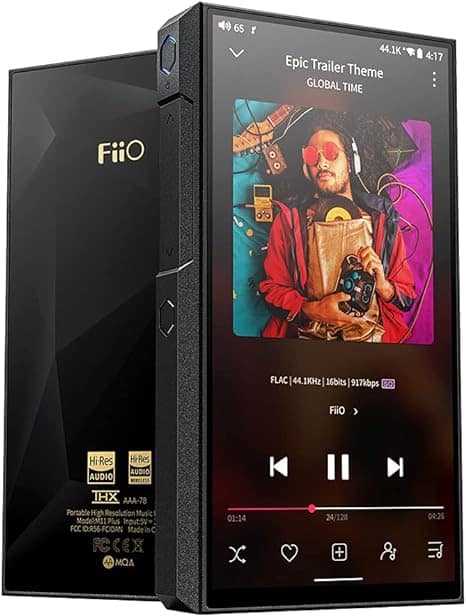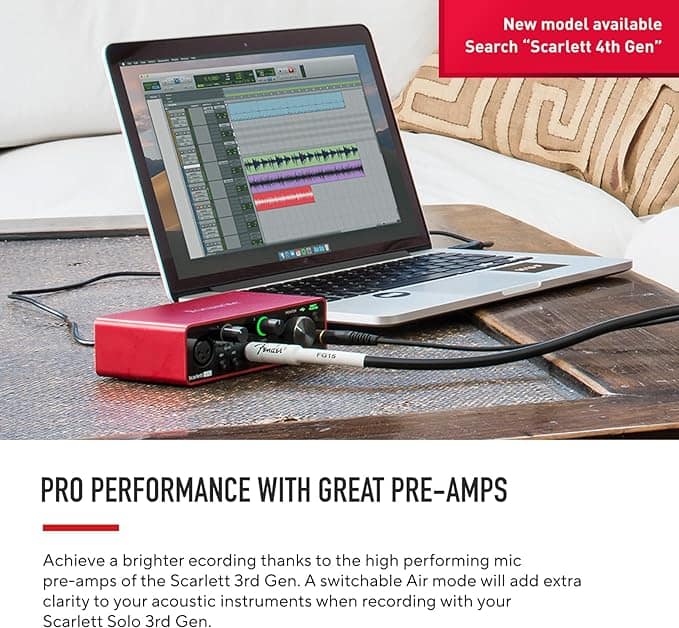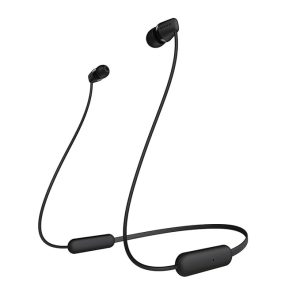
When it comes to high-resolution audio, two formats stand out: Direct Stream Digital (DSD) and Pulse Code Modulation (PCM). Both offer superior sound quality compared to standard digital formats, but which one is truly better for your high-res player? Let’s dive into the world of DSD vs PCM audio to help you make an informed decision.
Understanding DSD and PCM
DSD, developed by Sony and Philips, is a single-bit format that samples audio at an extremely high rate. PCM, on the other hand, is a multi-bit format that has been the standard for digital audio since the introduction of CDs. Both formats aim to deliver pristine audio quality, but they achieve this goal through different means.
DSD vs PCM: Sampling Rates and Bit Depth
One of the key differences between DSD and PCM lies in their sampling rates and bit depth. DSD typically operates at a sampling rate of 2.8224 MHz (DSD64) or higher, with some variants reaching up to 11.2896 MHz (DSD256). PCM, in contrast, offers various sampling rates, commonly ranging from 44.1 kHz to 384 kHz, with bit depths of 16, 24, or 32 bits.
The high sampling rate of DSD allows for a wider frequency response and potentially better reproduction of high-frequency content. However, PCM’s multi-bit approach provides greater dynamic range and potentially lower noise levels at lower frequencies.
Sound Quality: DSD vs PCM
When it comes to sound quality, both DSD and PCM have their proponents. DSD enthusiasts argue that its high sampling rate results in a more natural, analog-like sound with better transient response and spatial imaging. PCM supporters, on the other hand, claim that its multi-bit architecture allows for more accurate reproduction of the original waveform and better handling of dynamic range.
In reality, the differences between high-quality DSD and PCM recordings can be subtle, and personal preference often plays a significant role in determining which format sounds better to individual listeners.
Compatibility and Availability
One area where PCM has a clear advantage is compatibility. PCM is widely supported across various devices and software platforms, making it easier to play and manipulate. DSD, while gaining popularity, still has more limited support and may require specialized hardware or software for playback and editing.
When it comes to available content, PCM-based formats like FLAC and WAV are more common in the high-res audio market. However, DSD is gaining ground, with more labels releasing music in this format, particularly for audiophile recordings.

FiiO M11Plus Portable Android MP3/MP4 Player
Storage and File Size Considerations
DSD files tend to be larger than their PCM counterparts, which can be a consideration if storage space is a concern. For example, a typical DSD64 file can be about 200 MB for a 5-minute track, while a 24-bit/192 kHz PCM file of the same length might be around 150 MB.
Choosing Between DSD and PCM
Ultimately, the choice between DSD and PCM for your high-res player depends on several factors:
1. Your listening preferences and ability to discern differences
2. The compatibility of your audio equipment
3. Availability of content in your preferred format
4. Storage capacity of your devices
Both DSD and PCM are capable of delivering exceptional audio quality, and many high-end audio systems support both formats. If possible, try listening to both formats on your system to determine which one you prefer.
In conclusion, the DSD vs PCM debate continues among audiophiles, but both formats offer significant improvements over standard-resolution audio. Whether you choose DSD for its potential analog-like qualities or PCM for its versatility and wider compatibility, you’re sure to enjoy a superior listening experience with either format on your high-res player.









